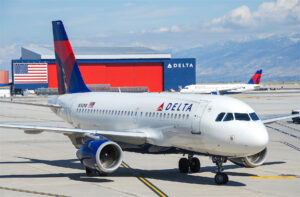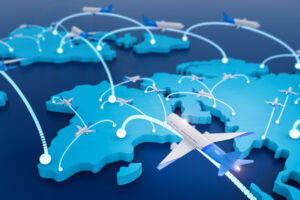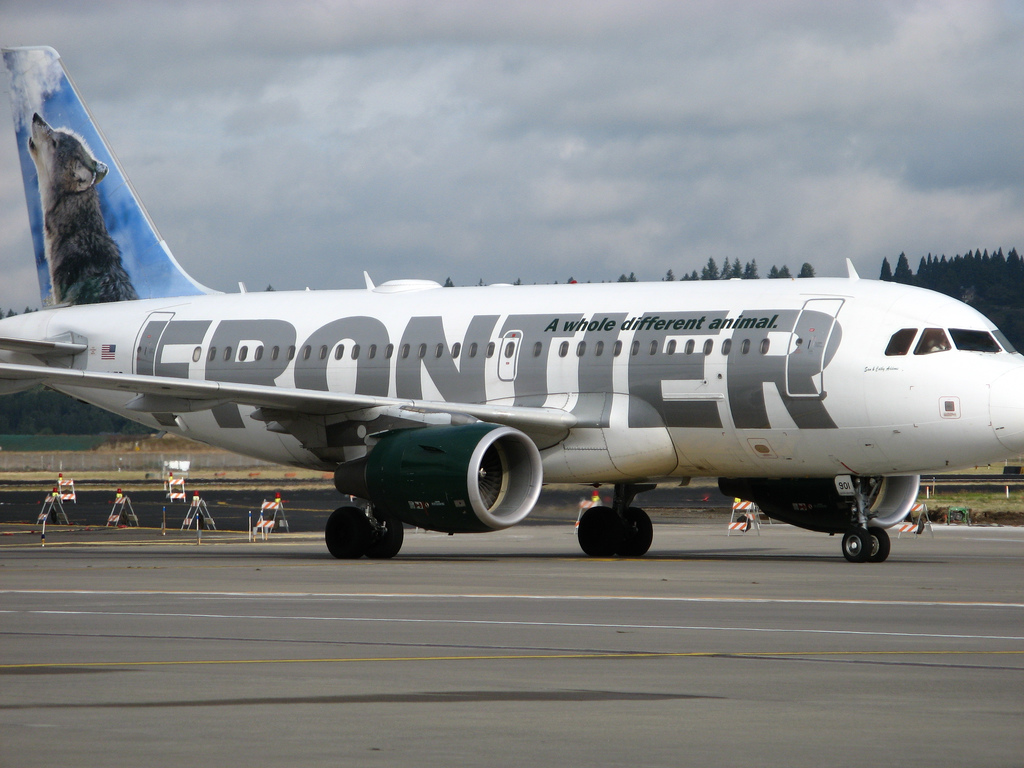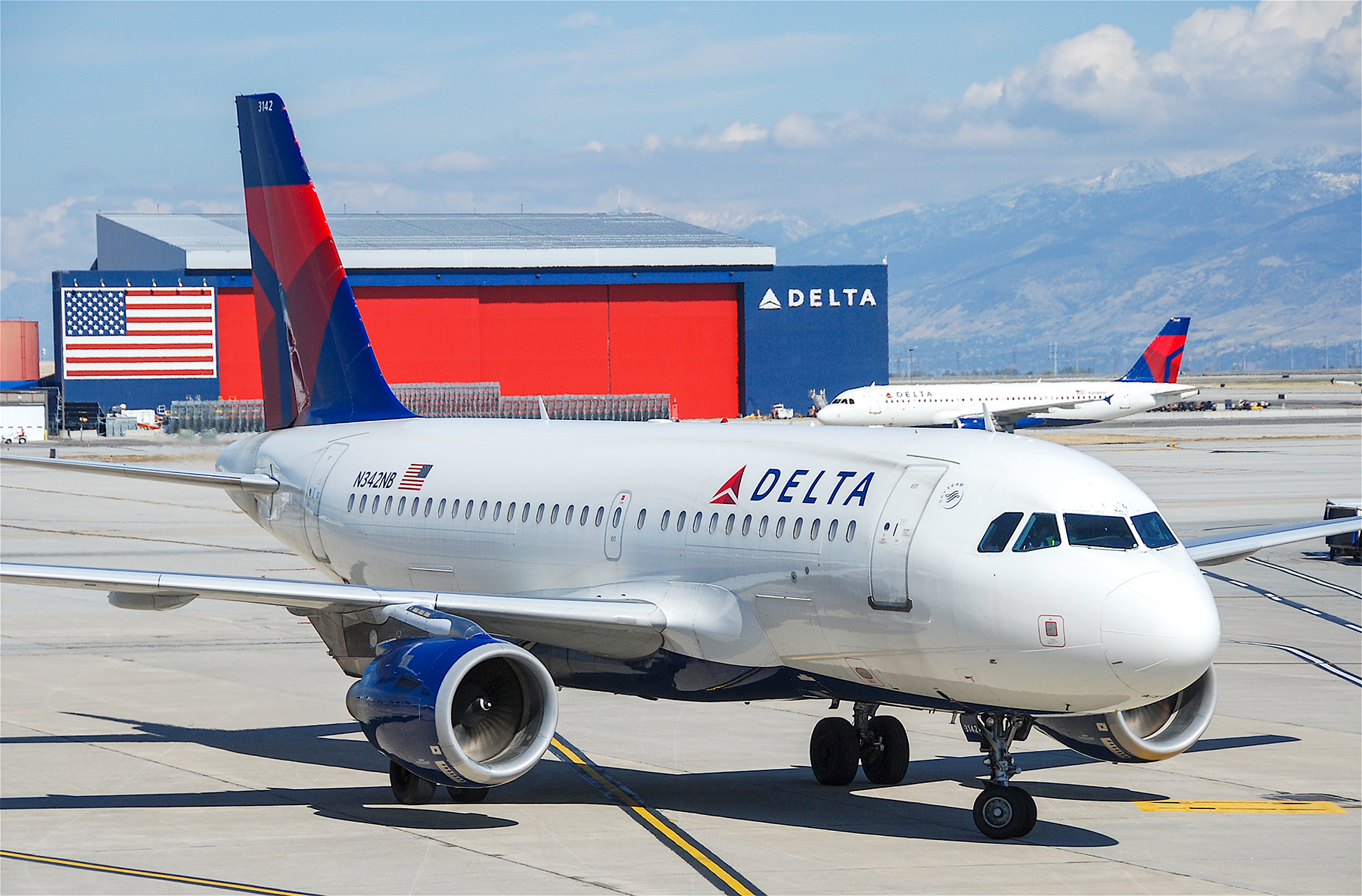Where Do IATA Codes Come From?


What’s in a name? When it comes to establishing airport codes, the answer isn’t always as clear as A-B-C. Here’s a little background help to explain the method behind assigning airports three-letter monikers.
Anyone who wishes to know where airport codes come from should consider taking a look at the history of aviation. A look back at the industry’s history will help travelers develop a better understanding of the logic behind the three-letter codes, some of which can be maddening.
Dave English, an aviation enthusiast and blogger at SkyGod.com, wrote a comprehensive historical look at airport codes in 1994 for the Air Line Pilots Association (ALPA) journal in a post he continues to update on his website.
According to English, airport codes started in the 1930s to help pilots with location identification for airports. Initially, they adopted the two-letter city codes utilized by the National Weather Service (NWS). However, because not all cities had such a code, the need for a unique identifier led to the three-letter codes used today. At the time, with over 17,500 possible combinations, it was believed that this would provide more than enough variations to support airports into the future.
Initially, airports simply took the two-letter NWS code and added an “X,” which resulted in Los Angeles International Airport becoming LAX and Portland International Airport becoming PDX. English notes that many airport codes were developed by simply using the first three letters of the city name, like ATL for Atlanta and MIA for Miami. Others employed the first letters of each word, such as SLC for Salt Lake City.
Then there are those codes that don’t seem to tie to the city or the airport name. Those unusual codes often leave passengers scratching their heads. English helps to demystify these codes as well. Some of these airports are coded by historical figures or location, as is the case with Charles de Gaulle Airport (CDG). The Louis Armstrong New Orleans International Airport (MSY) was formerly known as the Moisant Stock Yards Airport, named for the site of a fatal crash involving aviator John Moisant, and the airport retained its three-letter code after the official name change.
Some airport codes are less user-friendly than others. An ABC report from 2010, penned by FareCompare.com CEO Rick Seaney, pointed out some of the more iconic codes, included those for Sioux Gateway Airport (SUX), Russia’s Perm Bolshoye Savino Airport (PEE), Brazil’s Poco De Caldas Airport (POO) and Fresno Yosemite International Airport (FAT).
There are limitations on which letters can be used. For example, “N,” “W,” “K” and “Q” have been adopted by the military and other agencies to create their own code systems. This resulted is codes like ORF for Norfolk International Airport and DCA for Ronald Reagan Washington National Airport (formerly Washington National Airport).
According to the CIA’s 2013 update of The World Factbook, there are over 41,743 airports in the world, thus requiring a little creativity in developing an airport code. IATA’s Assistant Director of Corporate Communications Perry Flint told FlyerTalk that IATA works with governments and Airlines for America to allocate airport identifier codes. Flint explained in an email to FlyerTalk that the rules for airport coding are laid out in IATA Resolution 763 with the objective being principally to ensure identifiers are unique. Once established, “codes change very, very rarely,” according to Flint. “In theory, they cannot be changed and doing so is quite expensive.”
Flint noted, however, that there always exception to the rule. “Two examples are [Washington Dulles International Airport], which originally was coded DIA but was changed to IAD as DIA was seen as being too much like [Ronald Reagan Washington National Airport] (DCA). Also, when [Idlewild Airport] was renamed in memory of President Kennedy, the code was changed to JFK,” he explained.
Name changes are not the only reason IATA updates its codes on a daily basis. Flint said it’s often because an airport has been renamed or deactivated, or a newly activated airport will “take over” the code of an airport closing in the same city.
Flint added that “quite a few codes have been deleted over the course of the last four years, as part of a major clean-up of the airport code data, to remove inactive or closed airports which no longer required a code.”
[Photo: iStock]
























"There are limitations on which letters can be used. For example, “N,” “W,” “K” and “Q” have been adopted by the military and other agencies to create their own code systems." It should be pointed out that those limitations are USA only. For example Wellington New Zealand is Wlg, Brisbane Australia is bNe, and Singapore is siN, Auckland New Zealand is aKl, Hong Kong is hKg, L'Aquila Italy is QaQ.
Fukuoka, a city with 2.5 million population in southern Japan, has an unfortunate airport identifier code.
FAT: Fresno Air Terminal Adding the international code might make a difference to. In the U.S, that letter is K. Common air traffic joke involves Little Rock, AR.
Sometimes an airport code is less user-friendly just because of the spelling of the city name, too. The next time someone tells you to go to HEL, ask them to buy you a ticket (to Helsinki, Finland)!